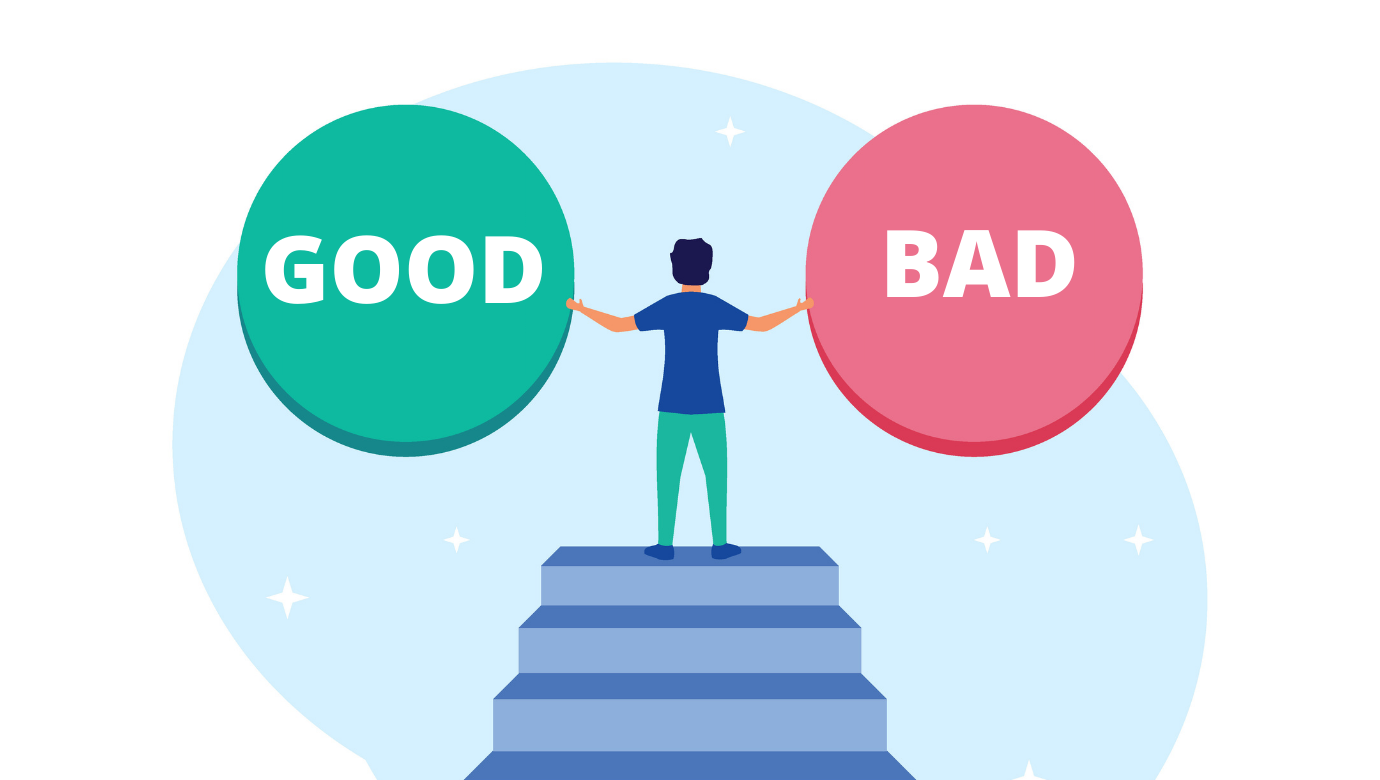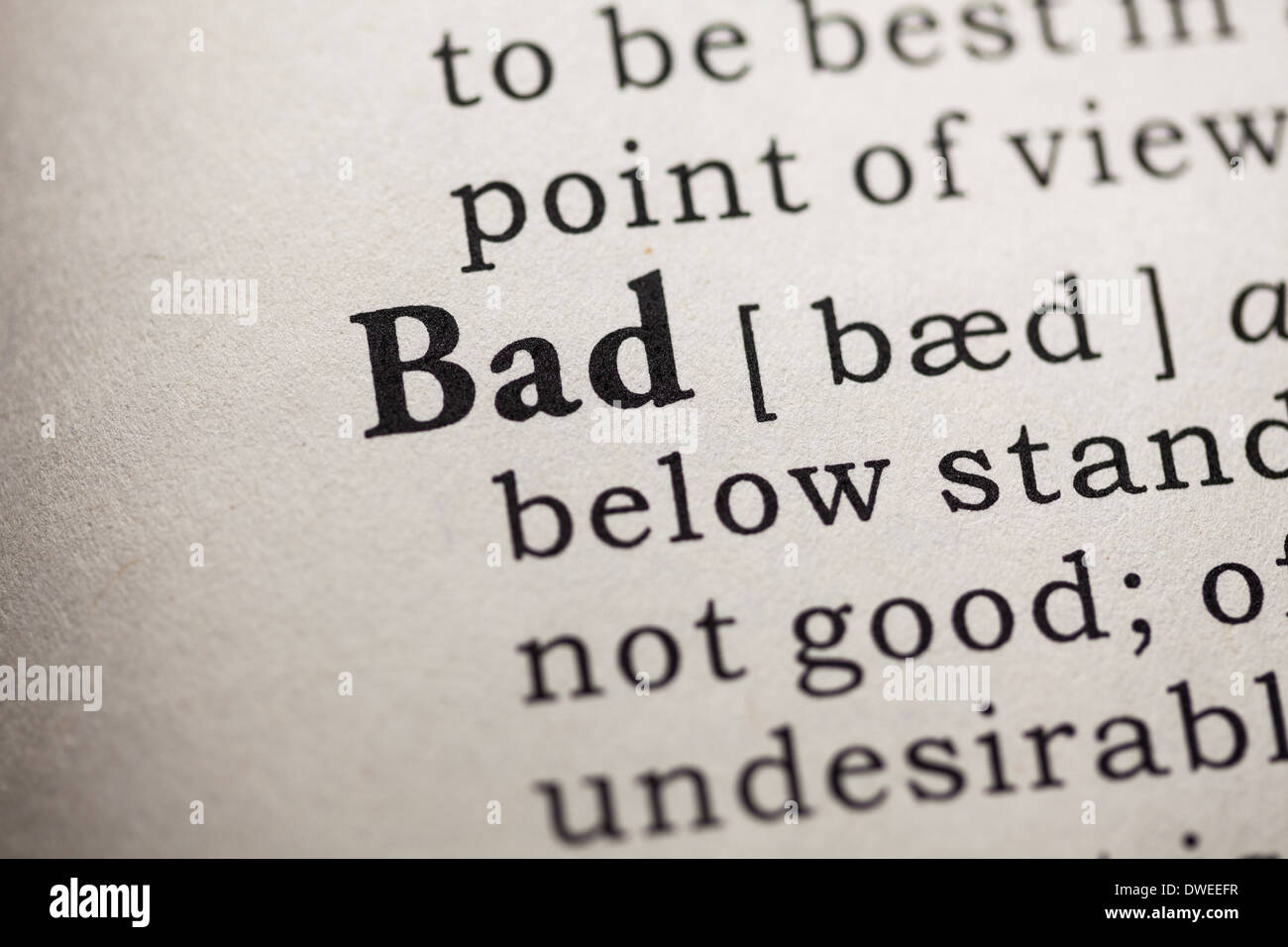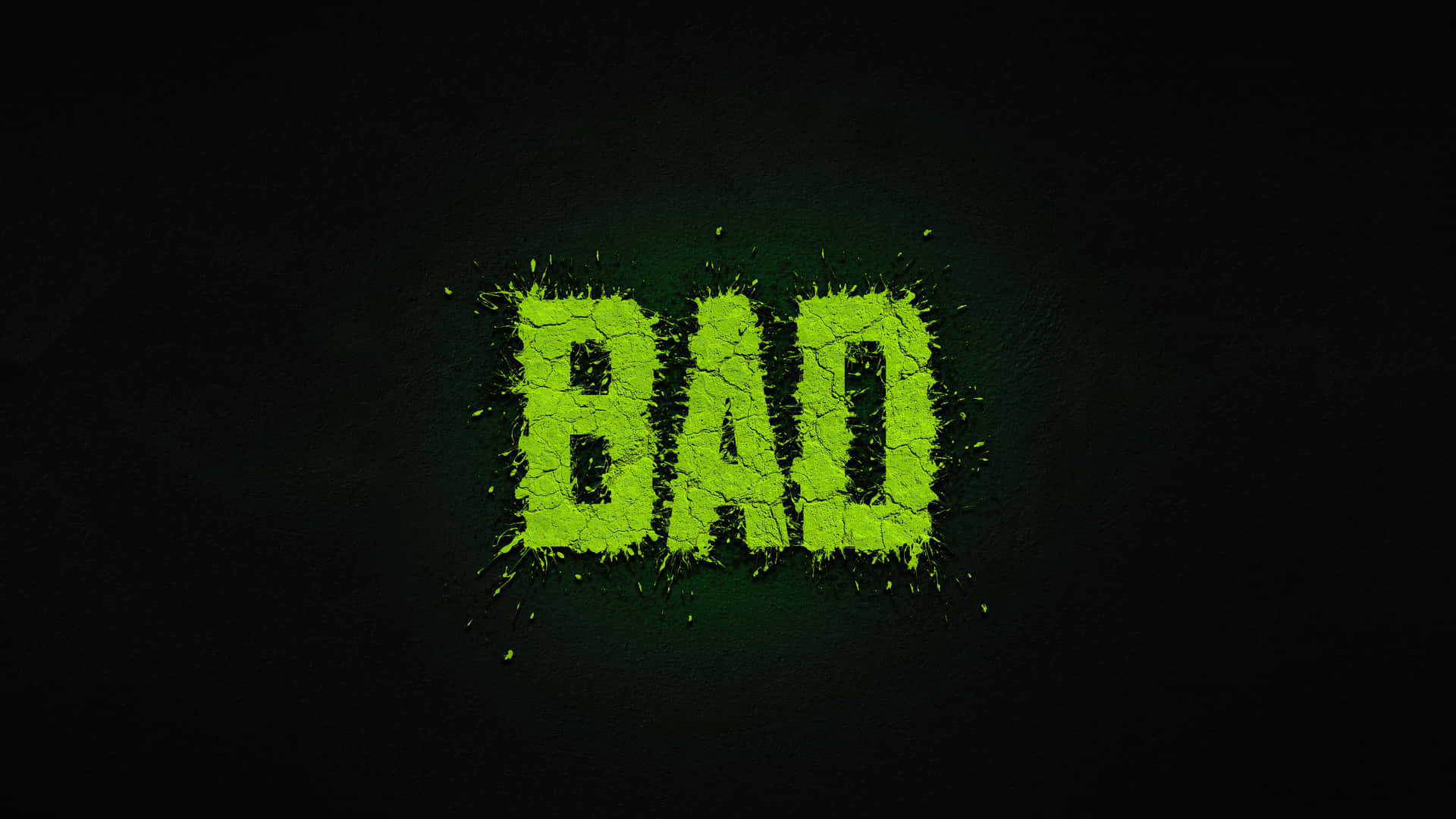When we talk about the history of Iran, a big question often comes up: just how good or bad was the Shah? It's a topic that stirs up a lot of feelings, and for good reason, you know, because his time as a leader shaped so much of what came after. People often have very different ideas about his rule, some seeing a time of progress, others a period of real trouble.
For many, the story of the Shah's rule is quite tangled, particularly with events like the 1953 coup, which, in some respects, really seemed to solidify Iran's long-standing feeling of being a country that had suffered at the hands of others. This sense of being wronged, that, is something the revolutionaries who took power in 1979 actually used to great effect. They painted the Shah as someone who was, in their words, a "U.S. Poodle," reminding people of past hurts and using the memory of a former prime minister, Mohammad Mosaddegh, to stir up public feeling.
It’s a complex picture, and to truly grasp it, we need to look at various aspects of his time in charge. We will, in fact, explore what people say about his leadership, the way human rights were treated, and the global connections that shaped his reign.
Table of Contents
- The King's Beginnings - A Life Story
- Was the Shah a Good Leader - Different Views on His Rule
- A Time of Repression - How Bad Was the Shah of Iran for Human Rights
- A Nation's Story - The Shah and Iran's Sense of Victimhood
- Global Interests - How Bad Was the Shah of Iran's Impact on Oil
- A Leader's Health - The Shah's Final Days and What Happened
The King's Beginnings - A Life Story
Mohammad Reza Pahlavi, the last monarch of Iran, came into a world that was already full of political drama and big changes, you know, right from the start. His life, from the very moment he was born, seemed to be marked by public disagreements and big shifts in power. It’s almost as if his path was set for a series of dramatic events, and his time as a ruler certainly had its share of ups and downs. Even though he held the grand title of "King of Kings" in his home country, his own personal experiences, what he felt inside, were anything but easy or perfect.
His life story includes many sad moments in his personal relationships, particularly with his marriages, which brought much heartache. His time as a ruler, too, is sometimes described as a complete mess, leaving behind a rather gloomy record. The story of his family, the Pahlavi dynasty, began in 1925 and continued until 1979. During those years, two kings, Reza Shah Pahlavi, his father, and then Mohammad Reza Shah Pahlavi himself, were in charge. They both used certain groups to keep order, some of which were known for very harsh methods, like holding people against their will and even taking lives, all to silence those who spoke out against the government.
Before the Pahlavi family took over, Iran, or Persia as it was known, had been quite careful about the powerful European nations, particularly Britain and Russia, during a period called the "Great Game." These European powers had a history of trying to gain influence in the region. By contrast, the United States, in some respects, was often seen as a more dependable outside power, one that people might trust more. In fact, some Americans, like Arthur Millspaugh and Morgan Shuster, were even given important jobs, like managing the country's money, which shows a certain level of trust.
- Boeing Careers
- Dak Prescott Wife
- Hariel Ferrari
- Anne Steves
- %C3%B8%C2%AA%C3%B8%C3%B9%C5%A1%C3%B8%C3%B9%CB%86%C3%B9 %C3%B9%C6%92%C3%B8%C3%B8%C2%AA%C3%B9%C5%A1 %C3%B9%C3%B8%C3%B8%C3%B9%C6%92%C3%B9%CB%86%C3%B9%C3%B8%C3%B8
Personal Details - Mohammad Reza Shah Pahlavi
Here are some key facts about Mohammad Reza Shah Pahlavi, who was, you know, a very central figure in Iran's recent past.
| Full Name | Mohammad Reza Shah Pahlavi |
| Titles Held | Shah of Iran, King of Kings (Shahanshah), Light of the Aryans (Aryamehr) |
| Reign | September 16, 1941 – February 11, 1979 |
| Predecessor | Reza Shah Pahlavi (his father) |
| Successor | None (monarchy abolished after the 1979 revolution) |
| Birthplace | Tehran, Iran |
| Death | July 27, 1980, Cairo, Egypt |
| Cause of Death | Complications from Non-Hodgkin lymphoma |
| Spouses | Fawzia Fuad of Egypt, Soraya Esfandiary-Bakhtiary, Farah Diba |
| Children | Shahnaz Pahlavi, Reza Pahlavi, Farahnaz Pahlavi, Ali Reza Pahlavi, Leila Pahlavi |
Was the Shah a Good Leader - Different Views on His Rule
When we think about whether the Shah was a good leader, there are, you know, quite a few different ways people look at it. Some argue that his father, Reza Shah, actually pulled Iran back from some truly bad situations that the previous rulers, the Qajars, had left the country in. They might say that you really need to consider him through the lens of the time he lived in, rather than comparing him directly to how leaders operate in the world today. For that specific period, some would, in fact, suggest he was a capable leader.
During Mohammad Reza Shah's time, Iran was, in some respects, getting more and more financially strong, and the Shah's hold on power seemed to be something no one could really challenge. There was a sense that his control was very firm. This view often points to a period of economic growth and modernization that took place under his watch. People who hold this view might suggest that the country was moving forward, at least in terms of its economy and its place on the global stage.
However, there's another side to this story. Many people, particularly those who lived through his reign, would tell you that the Shah was, in fact, a leader who brought about a lot of trouble. His rule is often described as something that caused a great deal of suffering and unhappiness for many. The idea that Iran was increasingly prosperous and that the Shah's grip on power was very strong doesn't mean that everyone benefited, or that everyone felt safe or free. Some people, too, would argue that just because the current government in Iran might have its own problems, it doesn't automatically make the Shah's time in power a good one. It's not, in other words, a simple choice between two bad options.
It was, you know, a bit of a strange situation when the Shah of Iran, who had once been the head of a government known for being quite harsh and limiting people's freedoms, managed to find a place to land after he left power. This fact alone speaks volumes to some about the nature of his rule and how it was perceived by many around the world. The conflicting opinions really show that his legacy is far from settled, and people continue to discuss whether his leadership was truly for the good of his country.
A Time of Repression - How Bad Was the Shah of Iran for Human Rights
During the period when the Pahlavi dynasty was in charge, from 1925 to 1979, the government of Iran, known as the Imperial State of Iran, faced a lot of criticism regarding how it treated its own people. Both Reza Shah Pahlavi and his son, Mohammad Reza Shah Pahlavi, used various means to keep a tight lid on any voices that spoke against them. This included, in some respects, the use of a secret police force, methods that caused extreme physical and mental pain, and even putting people to death to stop political disagreement from spreading.
A report from the British embassy in Tehran back in 1932, you know, showed something quite striking about Reza Shah. It revealed that he had built up a huge amount of money and land, much of it through forcing people to sell their property or simply taking it from them. This made him, in fact, "the richest man in Iran" at that time. This accumulation of wealth through questionable means is something that many people look back on as a sign of the regime's approach to power and control.
The very use of secret police and harsh methods suggests a government that was deeply concerned about maintaining its power, even at the cost of its citizens' basic freedoms. People living under such conditions often felt a constant sense of worry, knowing that speaking their minds could lead to serious trouble. It paints a picture of a society where free expression was very limited, and disagreement with the government was not tolerated. This, you know, is a key part of understanding the criticisms leveled against the Shah's rule.
The Hidden Hand - Secret Police and Public Fear
The existence of a secret police force under the Shah, and the reports of torture and executions, had a profound effect on the daily lives of people in Iran. It created an atmosphere where trust was hard to come by, and people were often careful about what they said, even to their closest friends or family members. The idea of a hidden hand, a government agency working in the shadows, you know, can make a population feel very insecure. This fear was a tool used to keep people from gathering together or organizing against the government.
This period saw a significant suppression of political groups and individual voices that might have offered different ideas for the country's future. The government's actions were, in some respects, aimed at crushing any form of public protest or organized opposition. It meant that many people who simply wanted to express their thoughts or advocate for changes found themselves facing severe consequences. This is a big part of the story when we talk about how bad was the shah of iran for those who wanted more freedom.
The accounts of human rights abuses from this time are, in fact, a stark reminder of the challenges faced by the Iranian people. These reports often highlight the systematic way in which dissent was put down, leading to a climate where fear played a big role in public life. It's a heavy part of the historical record, and it continues to be a point of discussion for anyone trying to understand the full picture of the Shah's time in power.
A Nation's Story - The Shah and Iran's Sense of Victimhood
The story of the Shah's rule is very much connected to a broader narrative within Iran, one that speaks of a long history of feeling like a country that has been wronged or taken advantage of by outside powers. The 1953 coup, which put the Shah back in power after a brief period of his absence, is often seen as a pivotal moment in this narrative. This event, you know, seemed to strengthen the idea that Iran was a victim on the global stage, a country whose fate was sometimes decided by others.
The revolutionaries who eventually overthrew the Shah in 1979 were very good at using this feeling of being a victim to their advantage. They repeatedly brought up the 1953 coup, painting the Shah as someone who was simply doing the bidding of the United States. They used the memory of Mohammad Mosaddegh, the popular prime minister who was removed in that coup, to remind people of past injustices. This approach was, in fact, quite powerful in rallying public support against the Shah's government.
The narrative that the Shah was a "U.S. Poodle," as they put it, resonated with many Iranians who felt that their country's independence had been compromised. This idea of being controlled by foreign interests is a deep-seated one in Iran's history. It meant that even if the Shah was trying to modernize the country, some people saw his actions through the lens of outside influence, which, you know, made it harder for him to gain widespread trust. This feeling of national grievance is a crucial piece of understanding how bad was the shah of iran's image among many of his own people.
The unrest that swept through Iran in the fall of 1978, with large groups of people, particularly oil workers, going on strike, showed just how much public feeling had turned against the government. By early 1979, the government of Shah Mohammad Reza Pahlavi was, in some respects, clearly losing its grip. The idea that the Shah's government was oppressive, or "tyrannical," as some described it, became a widely accepted view among the protesting masses, fueling the movement that eventually led to his downfall.
Global Interests - How Bad Was the Shah of Iran's Impact on Oil
The Shah's rule was not just an internal matter for Iran; it had significant implications for the wider world, particularly concerning oil. The Persian Gulf, a body of water that Iran controls a large part of, is, you know, a very important passage for a lot of the oil that goes to places like Japan and Europe. Because of this, the stability of Iran and the Shah's control over the Gulf were of major concern to Western nations. They worried about anything that might disrupt the flow of this vital resource.
In 1978, for instance, President Jimmy Carter of the United States, who had often spoken about human rights being a central part of American foreign policy, actually praised the Shah. He called him a wise leader and, during a state visit to Iran, even raised a glass to him, saying that Iran, because of the Shah's strong leadership, was "an island of stability in one of the troubled areas of the world." This statement, you know, highlights the West's primary concern: keeping things calm in a region that was so important for energy supplies.
This praise from a Western leader, especially one who spoke so much about human rights, later became a point of contention. It seemed to overlook the growing internal problems and the criticisms about how bad was the shah of iran's government was treating its own people. The focus on oil and regional stability meant that, for a time, the human rights situation in Iran took a backseat in the eyes of some international leaders.
The events of 1978, with the widespread public unrest and strikes, particularly by the oil workers, directly threatened this stability that the West so valued. These strikes, in fact, showed that the Shah's grip on the oil industry, and thus on a key part of the global economy, was not as secure as many had believed. It brought to light the deep dissatisfaction within the country, even in sectors that were crucial for international interests.
A Leader's Health - The Shah's Final Days and What Happened
The last chapter of the Shah's life, too, was marked by a serious health crisis, which played a role in the dramatic events unfolding in Iran. A relatively new documentary, called "A Dying King, The Shah of Iran," tells this part of the story almost like a medical detective mystery. It looks closely at a whole series of international medical professionals, their personal pride, and the mistakes that were made during his treatment. This whole situation, you know, spun out like a strange, unsettling final act to his rule.
The documentary sheds light on the challenges of his illness, which was a form of cancer, and the decisions made about his care. It shows how the health of a powerful leader can, in some respects, become intertwined with the political fate of a nation. The difficulties in getting proper medical attention, and the disagreements among the doctors, added another layer of complexity to an already very tense situation.
This personal struggle with his health happened at the same time as his country was going through a huge period of upheaval. The fact that the Shah was seriously ill was, in fact, not widely known to the public for a long time, but it certainly affected his ability to respond to the growing protests and unrest. His declining health, some might argue, contributed to the perception of a weakening leadership at a critical moment for Iran.
The controversy around his medical treatment and his eventual departure from Iran also led to further international discussion. For example, some believe that former U.S. President Jimmy Carter, you know, owes the people of Iran an apology for certain actions or statements made during his time in office, especially concerning the Shah's health and his asylum in the United States. This shows that even the personal health struggles of a leader can have lasting impacts on international relations and historical narratives, shaping how bad was the shah of iran viewed even after his reign ended.
Related Resources:



Detail Author:
- Name : Rodrick Leuschke
- Username : becker.otilia
- Email : nkessler@gmail.com
- Birthdate : 1996-07-24
- Address : 396 Leopoldo Lodge Suite 619 New Tania, KY 59434
- Phone : 276-295-5292
- Company : Cruickshank, Jacobi and Gleichner
- Job : Internist
- Bio : Autem quas sit vitae quasi debitis id asperiores praesentium. Aspernatur enim corporis adipisci quo. Temporibus quae eos possimus est accusamus quia culpa. Perferendis commodi rerum ut sed.
Socials
linkedin:
- url : https://linkedin.com/in/mooreh
- username : mooreh
- bio : Quaerat ad iste quam inventore vel nulla iusto.
- followers : 2023
- following : 2437
instagram:
- url : https://instagram.com/mooreh
- username : mooreh
- bio : Omnis id ut recusandae est est. At tempore laudantium illo. Nihil similique maxime vitae sit.
- followers : 322
- following : 2775
tiktok:
- url : https://tiktok.com/@hallie_moore
- username : hallie_moore
- bio : Nesciunt id quod maxime.
- followers : 2047
- following : 2695